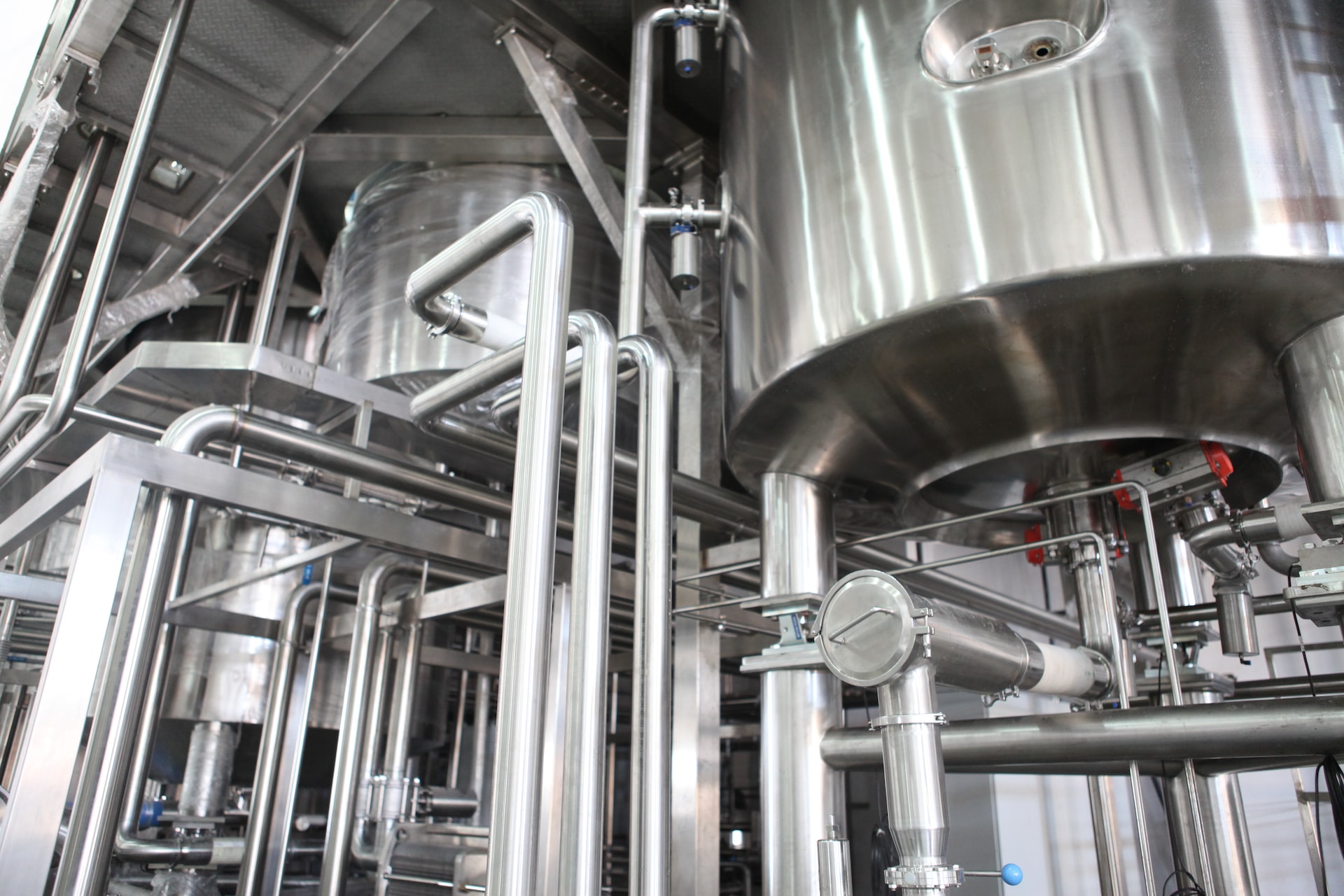What Are Rotary Drum Blenders Used For?
A rotary drum blender is a piece of equipment used to blend and mix a wide range of materials. They are particularly effective in mixing dry solids. However, they are also suitable for other uses, such as mixing delicate, brittle, or abrasive materials.
Mixing Delicate, Brittle, or Abrasive Materials
Rotary drum blenders are widely used in various industries. These devices are especially effective in blending delicate, brittle, or abrasive materials. They can mix food and beverages, powdered spices, cosmetics, plastic compounds, and nutraceuticals.
Usually, a rotary drum mixer has blades that are welded onto the rotating drum. In this way, the edges provide a gentle tumbling action.
The speed of a rotary blenders mixer can be adjusted, and in some cases, frequency converters can be used to change the frequency. The amount of energy consumed increases with the weight of the material being mixed.
For processing heavy materials, a double-cone blender is ideal. This device has internal helical ribbons that move the product inwards. It has a structure made of stainless steel. Compared to a rotary drum mixer, a double cone blender has a gentle tumbling action.
Ribbon blenders are designed for blending liquid and solid mixtures. Typically, the medium consists of inner and outer helical ribbons. These ribbons push the product to the sides of the mixer and then back into the center. Depending on the mixer’s volume, the cycle can vary from a few minutes to 20 minutes.
The Blending of Dry Solids
A rotary drum blender is a machine used to mix dry solids. These are a wide variety of materials, including fertilizers, seasonings, ceramics, and powders. They are used for many applications in the food industry and pharmaceutical industries.
Dry solids include mixes and blends, such as the solids used in coatings. They can also have solids, such as foundry molding sand, which is applied in the casting process for molten metal.
When mixing these solids, the tumbling action of the blender can improve the process, resulting in a uniform and evenly mixed blend. Rotary mixers are ideal for these types of materials.
Several blender types are available, all designed to blend and mix various dry bulk solids. The type of blender that is most appropriate for your particular application will depend on several factors.
Some blenders are welded and can offer a more secure connection. Welded units are often preferred in the food and pharmaceutical industries.
Suitable for a Wide Range of Materials
Rotary drum blenders are perfect for a wide range of applications. They are designed for mixing materials in a gentle and continuous process. This makes them ideal for mixing delicate or brittle materials.
Dry and wet solids can be mixed in a rotary drum blender, including mixes, seasonings, flour, and coffee beans. They are also ideal for mixing materials that require little to no break-up.
In addition, rotary drum blenders are easy to clean. A large access door makes it easy to clean the inside of the machine.
Either pneumatic or electric motors can operate rotary drum blenders. The engine rotates the shaft, which is connected to the agitator. It is then fastened in a hoop.
Some mixers have a manual control panel for adding material during the mixing process. They may also have a variety of discharging valves.
Rotary drum blenders are used in the plastics industry, but they are versatile. They are also used for thermal processes and in spraying liquids on particles.
Frequently Asked Questions
There are many different types of industrial blenders on the market today. But what are the differences between Rotary Drum Blenders and other kinds of Industrial Blenders? These blenders have their unique characteristics and advantages. They are more efficient and take up less floor space than other Industrial Blenders.
One of the main benefits of a Rotary Drum Blender is that there are no moving parts inside the machine. This allows for very uniform and thorough mixing. This is ideal for those with sticky materials that may lead to product waste. The lack of moving parts also means no problems with sheering or product breakage. In addition, these machines blend faster than other Industrial Blenders and use a smaller amount of horsepower.
Rotary Drum Blenders are available in various sizes, allowing you to customize your machine for specific applications. For example, you can install a more extensive model on one side of your facility while using a smaller model on the other.







0